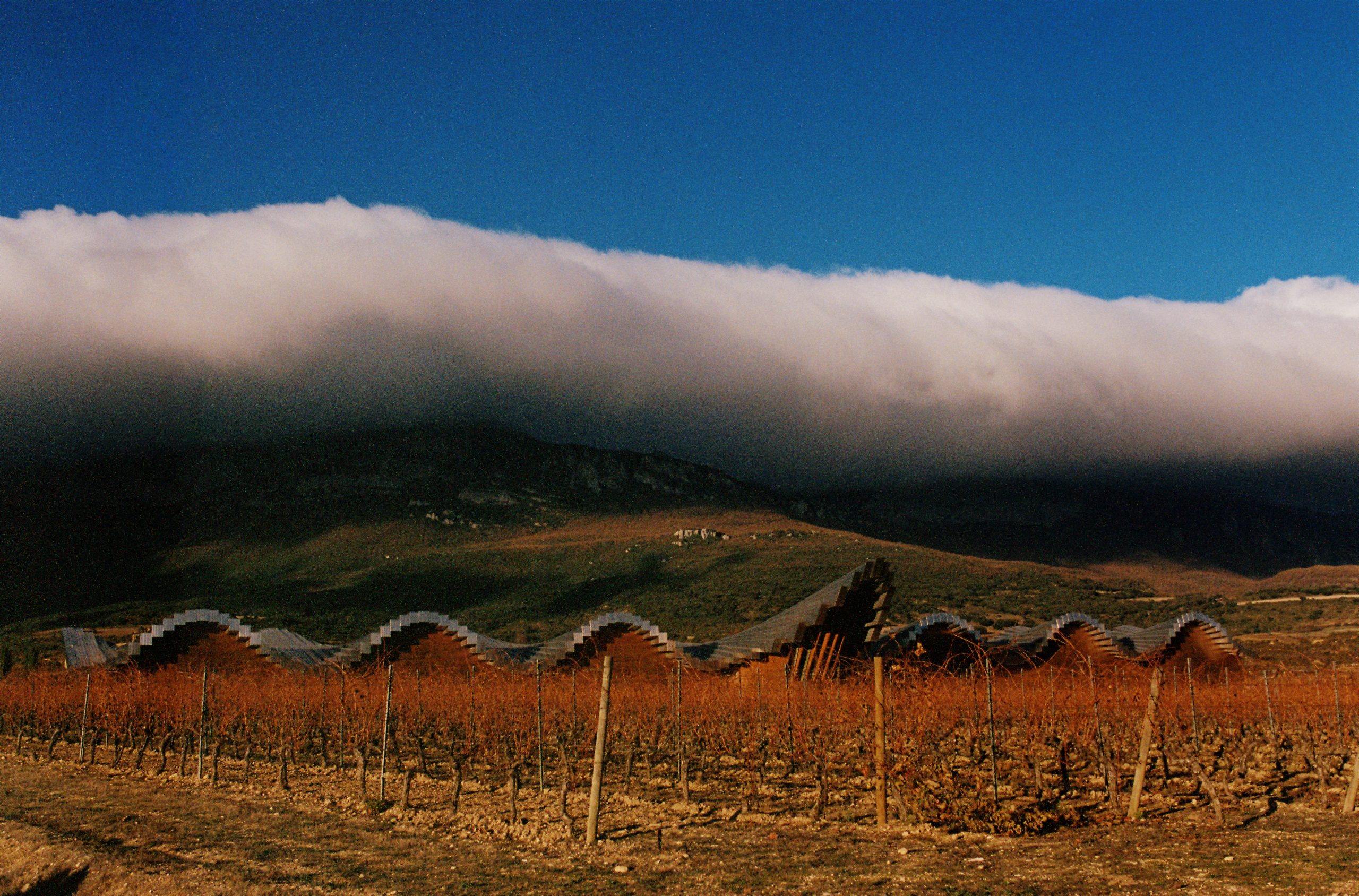Bollinger: Vintage Champagne needs a makeover
The future of vintage Champagne will depend on new approaches to marketing and distribution, according to Bollinger’s marketing director, Clement Garnier.
The vintage Champagne category needs a marketing makeover according to Clement Garner, marketing director of Bollinger
Speaking at Vinexpo 2019, Garnier told the drinks business that despite the overall decline of the vintage category, it could thrive if intelligently marketed and rebranded.
“The future of vintage Champagne marketing will require a more sophisticated, and tailored approach,” Garnier said. “For example, we are releasing a limited-edition, 2011 ‘James Bond’ vintage, which is a Blanc de Noirs produced from Pinot Noir grown in Ay.
“We expect this release to do very well, as previous special-edition vintage releases have performed above our expectations,” he added. Champagne Bollinger entered the British market in the 1850s, and the UK continues to account for a large percentage of Bollinger exports.
Bollinger La Grande Année 2008 sold out super speedily this year
The evolution of the marketing of its flagship prestige cuvée, La Grande Année, is indicative of changes in consumer attitudes towards vintage Champagne.
“Our flagship vintage cuvée was marketed for decades as a vintage release, until we decided to rebrand it as Grande Année with the launch of the 1990 vintage, and subsequently La Grande Année following the release of the 1997 vintage,” said Garnier.
“We sold out the 2008 La Grande Année with amazing speed – this just proves how much more important the prestige category is today in Champagne.
“Indeed, it is now more important that the traditional vintage category. The future of Champagne is high value,” he added.
Other houses have also reported stagnant sales of the ‘straight’ vintage category. “The static sales of the vintage segment results from multiple factors.
Partner Content
“In times of economic difficulty, the extremes tend to fair better. Positioned between ‘the volume product’ and ‘the product of excellence’, the vintage Champagne segment does not benefit from the same marketing and communication budgets,” said Fabrice Rosset, CEO of Champagne Deutz.
“The vintage category has shrunk over the last 10 to 15 years, partly due to a wider range of qualitative alternatives,” added Bertrand Verduzier, international business director of Champagne Gosset.
However, Verduzier also said that he felt sales had now “stabilised to a buffer level,” meaning the category was still worth investing in.
Nevertheless, the UK trade continues to report a waning level of consumer interest in vintage Champagne. “For sales off the shelf, we sell more prestige cuvées than vintage and it is a more important category for us,” said Peter Mitchell MW, wine director for the Jeroboams Group.
Christine Parkinson, Group Head of Wine for the Hakkasan Restaurant Group, also reported a lacklustre demand for vintages.
“Sales of vintage Champagne at Hakkasan could hardly be described as great,” said Parkinson. “I don’t think vintage Champagne even sits in the middle any more: most consumers are happy with NV and many could make the leap from NV to prestige if they had a really special occasion.”
An in-depth look at vintage and prestige cuvée Champagne will appear in the July issue of the drinks business.




